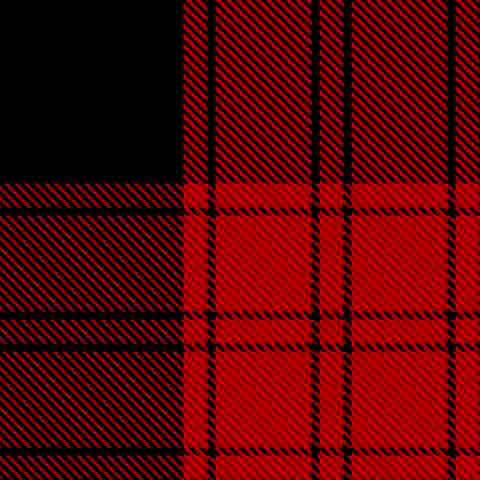Clan Ewing: History
Our clan traces its ancestry back to the medieval Clan Ewen of Otter. As descendants of the eleventh-century prince Anrothan O’Neill, Clan Ewing is kin with MacLachlans, Lamonts, MacQueens and MacSweens. However, unlike these kindred clans, the Ewings did not support the Jacobite risings.
Recent re-examination of an early clan genealogy (MS1467) has identified the original Ewen from whom we take our name as Ewen mac Duncan, a thirteenth century Argyll baron who was probably the grandson of Farquhar mac Dunsleve (another of Farquhar’s grandsons, Lauman mac Malcolm, was ancestor of Clan Lamont). Ewen’s descendants owned lands on Cowal between Otter Ferry and Kilfinan, but the barony of Otter passed to the Campbells in the fifteenth century, and many of the clan moved to the area of Loch Lomond and the Lennox ‘under a chieftain of their own’.
In 1566, William Ewin was summoned to attend the court of Mary Queen of Scots, and a coat of arms was recorded in the same year for the Ewing name. Unusually, the arms of William Ewing are ‘ensigned’ with the Red Ensign of Scotland. Some accounts claim that William Ewing carried a standard for the queen at the Battle of Langside in 1568, and it seems certain that this would have been the Red Ensign of Scotland. At this period, Scotland was deeply divided and there might have been a real need for a flag which was clearly distinctive of the queen’s supporters. According to a separate tradition we took the field at Langside under a new clan banner, which would reflect the recent grant of arms to the chief.
Throughout the seventeenth century, Ewings seem to have sided with Clan Campbell. During the Civil War, Patrick Ewing came to local prominence in Dumbarton with the defeat of the Engagers’ Party in 1648; after the Restoration, he was fined £600 by King Charles II. In 1685, Clan Ewing supported the Campbells in the doomed Argyll Rebellion against King James VII, and Ewing estates at Bernice in Cowal were forfeited as a result.
As with other Williamite and anti-Jacobite clans, the traditional clan structure became less prominent through the eighteenth century, and the original chiefly line of the clan came to an end with the last Ewings of Craigtoun. By the time of the nineteenth-century Clan Revival, most Ewings in Scotland no longer thought in terms of their ancient clan loyalties, and a confusion arose about the clan’s status which was not finally resolved until 2014.
Find out more about the recent story of Ewings, MacEwens and MacLachlans.
Throughout the intervening centuries, the clan has lived on, not only in memory and tradition, but more importantly in the descendants of the Ewings of old. Today, many Ewings still live in the old Ewing heartlands of Argyll and the Lennox in south-west Scotland, and there are also Ewings across the globe living in lands of which our ancestors scarcely dreamed. But wherever we live today, whatever our roots in other nations, we’re all still part of the same Ewing family or clan.
